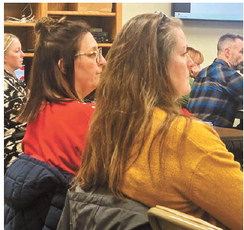Survey says? Results on kids’ mental health, religious freedom


This week’s column will highlight a couple of recent surveys, of Wisconsin youth and the American public. To start, the Wisconsin Office of Children’s Mental Health released it...



